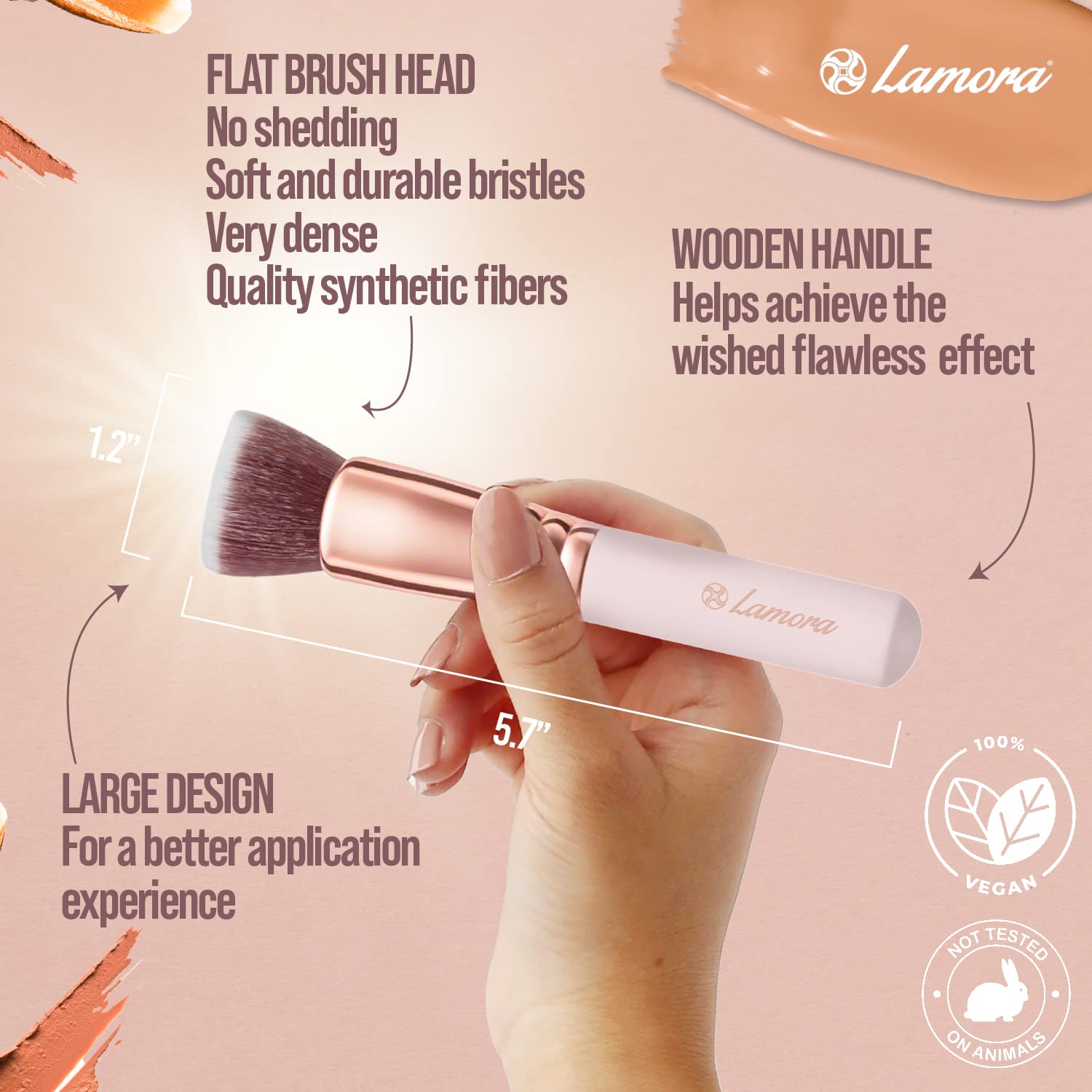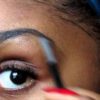If you are tired of spending hours on your skincare routine and using dozens of products that may not even work for you, you may want to try skinimalism. Skinimalism is a new trend that promotes a minimalist approach to skincare, focusing on using fewer but more effective products that support your skin’s natural health and beauty. In this blog post, we will explain what skinimalism is, why it is beneficial, and how you can create your skinimalist routine.
What is skinimalism?
Skinimalism is a blend of skin and minimalism, and it refers to the idea of simplifying your skincare and makeup routines. Instead of using multiple products with various ingredients and functions, skinimalism advocates for using only the essential products that suit your skin type and needs. The goal of skinimalism is to achieve healthy, balanced, and glowing skin with minimal effort and cost.
Skinimalism is not a new concept, but it has gained popularity in recent years as a reaction to the overwhelming and often confusing beauty industry. According to Pinterest’s Pinterest Predicts 2021 report, skinimalism is “the end of the caked-on makeup look” and it encourages people to “let your natural skin texture shine through”. Skinimalism is also influenced by the growing awareness of environmental and ethical issues related to the production and consumption of beauty products, such as plastic waste, animal testing, and harmful chemicals.
Why is skinimalism beneficial?
Skinimalism has many benefits for your skin, your wallet, and your well-being. Here are some of the reasons why you should consider adopting a skinimalist lifestyle:
- It saves you time and money. By using fewer products, you can reduce the amount of time and money you spend on your skincare and makeup routines. You can also avoid buying products that you don’t need or that don’t work for you, and save space in your bathroom and luggage.
- It reduces the risk of irritation and damage. Using too many products or products with harsh ingredients can overload your skin and cause sensitivity, inflammation, dryness, breakouts, and premature aging. By using fewer but gentler products, you can protect your skin barrier and prevent these issues.
- It enhances your natural beauty. Skinimalism is not about hiding your skin flaws, but rather embracing them and enhancing your natural features. By using less makeup and more nourishing skin care products, you can let your skin breathe and glow from within.
- It boosts your confidence and happiness. Skinimalism can help you develop a more positive and realistic relationship with your skin and your appearance. Instead of feeling pressured to achieve unrealistic beauty standards, you can learn to appreciate and love your skin as it is, and feel more comfortable and confident in your own skin.
How to create your own skinimalist routine?
Creating a skinimalist routine is not difficult, but it does require some research and experimentation. The key is to find the products that work best for your skin type, concerns, and preferences, and to use them consistently and correctly. Here are some general steps to follow:
- Identify your skin type and needs. The first step is to understand your skin type (normal, dry, oily, combination, or sensitive) and your skin needs (hydration, anti-aging, brightening, acne prevention, etc.). You can do this by observing your skin’s characteristics, such as texture, oiliness, dryness, sensitivity, and pigmentation. You can also consult a dermatologist or an esthetician for a professional diagnosis and advice.
- Choose your essential products. The next step is to choose the products that will form the core of your skinimalist routine. These are the products that you will use every day, morning and night, to cleanse, moisturize, and protect your skin. Depending on your skin type and needs, you may also want to add one or two additional products, such as a serum, an eye cream, or a mask, to target specific concerns or enhance your results. However, try to limit the number of products to no more than five, and avoid using products with overlapping or conflicting functions or ingredients. Here are some examples of essential products for different skin types:
- Normal skin: A gentle cleanser, a hydrating moisturizer, and a broad-spectrum sunscreen.
- Dry skin: A creamy or oil-based cleanser, a rich moisturizer, and a broad-spectrum sunscreen. Optionally, a hydrating serum or a facial oil for extra moisture.
- Oily skin: A gel or foam cleanser, a lightweight moisturizer, and a broad-spectrum sunscreen. Optionally, a mattifying primer or a blotting paper for oil control.
- Combination skin: A gentle cleanser, a moisturizer suitable for your skin zones, and a broad-spectrum sunscreen. Optionally, a toner or a serum to balance your skin.
- Sensitive skin: A gentle cleanser, a soothing moisturizer, and a broad-spectrum sunscreen. Optionally, a calming serum or a mask to reduce redness and irritation.
- Select your products carefully. When choosing your products, pay attention to the ingredients, the formulation, the packaging, and the reviews. Look for products that contain natural, organic, or vegan ingredients, and avoid products that contain artificial fragrances, colors, preservatives, sulfates, parabens, phthalates, or other potentially harmful chemicals. Also, look for products that have a simple and clean formulation, meaning that they have fewer but more effective ingredients, and that they are suitable for your skin type and needs. Additionally, look for products that have eco-friendly and cruelty-free packaging, such as glass, metal, or recycled plastic, and that are certified by reputable organizations, such as Leaping Bunny, PETA, or EWG. Finally, look for products that have positive and honest reviews from other customers, especially those who have similar skin type and needs as you.
- Test your products before using them. Before incorporating a new product into your routine, it is important to test it first to make sure that it is safe and compatible with your skin. To do this, you can perform a patch test, which involves applying a small amount of the product on a discreet area of your skin, such as behind your ear or on your inner arm, and waiting for 24 hours to see if there is any reaction, such as redness, itching, burning, or swelling. If there is no reaction, you can proceed to use the product as directed. However, if there is a reaction, you should stop using the product immediately and consult a doctor if necessary.
- Use your products correctly and consistently. The last step is to use your products correctly and consistently to achieve the best results. Follow the instructions on the product labels, and use the right amount and order of application. Generally, you should start with the lightest and most watery product, and end with the heaviest and most oily product. For example, a typical order of application would be: cleanser, toner, serum, moisturizer, sunscreen. You should also use your products at the right time and frequency, depending on their function and your needs. For example, you should use a cleanser, a moisturizer, and a sunscreen every morning and night, but you may only need to use a serum, an eye cream, or a mask once or twice a week. Moreover, you should use your products consistently and patiently, and give them at least four to six weeks to see noticeable results.
FAQs
Here are some frequently asked questions about skinimalism and their answers:
- Q: Can I still wear makeup if I follow skinimalism?
- A: Yes, you can still wear makeup if you follow skinimalism, but you should opt for a more natural and minimal look, and use products that are gentle and nourishing for your skin. For example, you can use a tinted moisturizer, a concealer, a blush, a mascara, and a lip balm to create a fresh and radiant look, and avoid using heavy foundations, powders, eyeshadows, and lipsticks that can clog your pores and dull your complexion. You should also remove your makeup thoroughly every night with a gentle cleanser or a micellar water, and follow with your skin care routine.
- Q: How can I find out what products are best for my skin type and needs?
- A: There are several ways to find out what products are best for your skin type and needs, such as:
- Doing your own research online or offline, and reading articles, blogs, magazines, books, or labels that provide information and recommendations about different products and ingredients.
- Consulting a dermatologist or an esthetician, and getting a professional diagnosis and advice about your skin type and needs, and what products to use or avoid.
- Using a skin analysis tool, such as Atolla, which is a custom skin care brand that uses an app and a skin test kit to measure your skin’s moisture, oil, pH, and elasticity levels, and then creates a personalized serum and a skin care routine for you based on your results and preferences.
- Trying out different products and seeing how your skin reacts to them, and keeping track of what works and what doesn’t work for you.
- Q: How can I make my own skin care products at home?
- A: Making your own skin care products at home can be a fun and rewarding way to practice skinimalism, as you can control the ingredients, the formulation, and the packaging of your products, and customize them to your liking. However, you should also be careful and follow some basic guidelines, such as:
- Use high-quality, natural, and organic ingredients, and avoid using anything that you are allergic or sensitive to, or that may spoil or grow bacteria easily, such as dairy, eggs, or fresh fruits.
- Use clean and sterilized tools and containers, and store your products in a cool and dry place, away from sunlight and heat. You can also add some natural preservatives, such as vitamin E oil, rosemary extract, or grapefruit seed extract, to extend the shelf life of your products.
- Follow reliable and tested recipes, and measure the ingredients accurately. You can find many recipes online or in books, or you can create your own by experimenting with different ingredients and proportions. However, do not mix ingredients that may react with each other or cause harm to your skin, such as baking soda and vinegar, or lemon juice and honey.
- Test your products before using them on your face, and do a patch test as explained above. If you experience any adverse reaction, stop using the product immediately and consult a doctor if necessary.
Some examples of easy and effective skin care products that you can make at home are:
- A honey and oatmeal cleanser: Mix one tablespoon of raw honey and one tablespoon of ground oatmeal in a small bowl, and add some water to make a paste. Apply the paste to your damp face and massage gently in circular motions. Rinse off with warm water and pat dry. This cleanser is suitable for all skin types, and it can gently exfoliate, moisturize, and soothe your skin.
- A rose water and glycerin toner: Mix one cup of rose water and one tablespoon of vegetable glycerin in a spray bottle, and shake well. Spray the toner on your face after cleansing, or whenever you need a refreshing boost. This toner is suitable for dry and sensitive skin, and it can hydrate, balance, and calm your skin.
- A green tea and aloe vera serum: Brew a cup of green tea and let it cool down. Mix two tablespoons of green tea and two tablespoons of aloe vera gel in a small bottle, and shake well. Apply a few drops of the serum to your face after toning, and massage gently until absorbed. This serum is suitable for oily and acne-prone skin, and it can reduce inflammation, redness, and excess oil.

 By
Your Beauty Plug
By
Your Beauty Plug